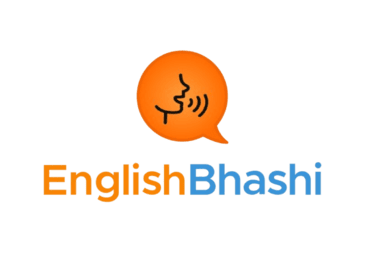Articles are a fundamental aspect of English grammar, yet they can be a source of confusion for learners and even native speakers. They seem simple at first—just “a,” “an,” and “the”—but their usage is nuanced and varies depending on context. This comprehensive guide will break down the different types of articles, how they are used, common mistakes to avoid, and tips for mastering this essential part of English grammar.
What Are Articles in Grammar?
Articles are small yet crucial words in English that define a noun as specific or unspecific. They belong to the category of determiners, which are words placed in front of nouns to clarify what the noun is referring to. Articles in English include the definite article “the” and the indefinite articles “a” and “an.”
1. The Definite Article: “The”
The definite article “the” is used when referring to a specific noun that is already known to the speaker and the listener. It signals that the noun is unique or has been mentioned before. Whether it’s a singular or plural noun, countable or uncountable, “the” indicates that the listener understands which particular item is being discussed.
For example:
- “The book on the table is mine.” (There is a specific book on the table.)
- “I saw the students from your class.” (Referring to particular students.)
The definite article is also used for things that are one of a kind or universally understood, such as:
- “The sun rises in the east.”
- “Please close the door.” (It’s clear which door is being referred to.)
2. The Indefinite Articles: “A” and “An”
The indefinite articles “a” and “an” are used when the noun is not specific. These articles refer to any member of a group or class of things. The indefinite article makes it clear that the speaker is talking about something general, not particular.
- “A” is used before words that start with a consonant sound:
- “I saw a cat in the garden.” (Not a specific cat, just any cat.)
- “He wants to buy a car.”
- “An” is used before words that start with a vowel sound:
- “She ate an apple for lunch.”
- “There is an interesting book on the shelf.”
The choice between “a” and “an” is determined by the sound, not the letter itself. For example:
- “A university” (The word “university” starts with a “yoo” sound, which is a consonant sound.)
- “An hour” (The “h” is silent, so the word begins with a vowel sound.)
3. When Not to Use Articles
There are several situations where no article is needed:
- Before uncountable nouns when talking about something in general:
- “Sugar is sweet.”
- “Water is essential for life.”
- With proper nouns, which refer to specific names of people, places, or things:
- “Elizabeth is a talented artist.”
- “They visited France last summer.”
- With plural nouns when talking about them in a general sense:
- “Dogs are friendly.”
- “Books can be expensive.”
4. Common Mistakes
- Using “the” before general or abstract nouns:
- Incorrect: “The happiness is important.”
- Correct: “Happiness is important.”
- Using “a” or “an” with uncountable nouns:
- Incorrect: “I need a water.”
- Correct: “I need water.”
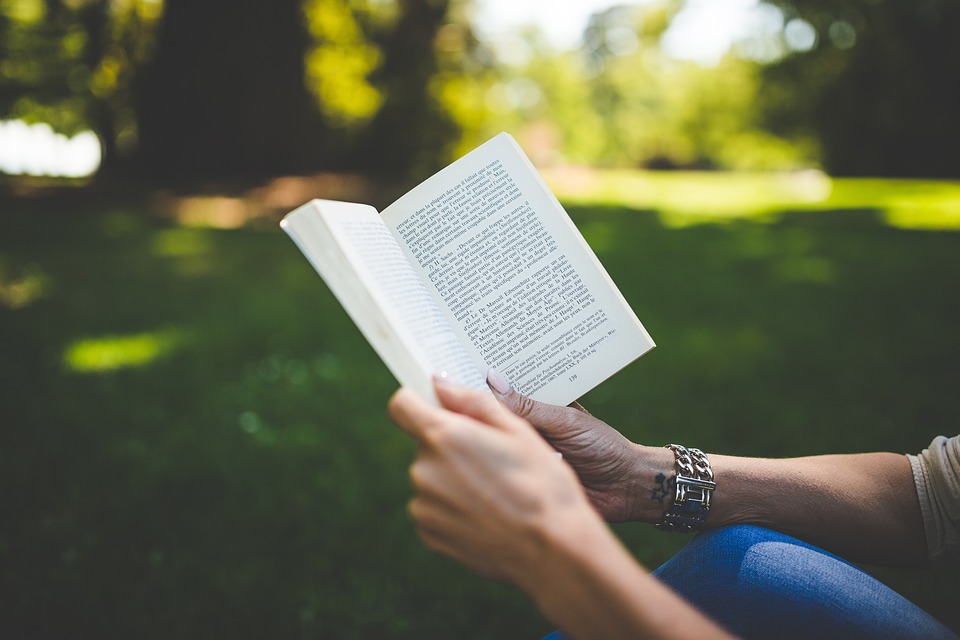
Types of Articles in English Grammar
Articles in English are small but significant words that modify nouns and help clarify their meaning. They signal whether the noun refers to something specific or nonspecific, making communication clearer and more precise. There are two main types of articles: definite articles and indefinite articles. Each type plays a distinct role in indicating whether the noun is specific or general in nature. In addition, there is the concept of the zero article, which refers to cases where no article is used at all.
Let’s explore these types of articles in detail:
1. The Definite Article: “The”
The definite article “the” is used to refer to a specific noun that is known to both the speaker and the listener. When you use “the,” you are talking about a particular person, place, or thing that is already identified or can be easily understood from the context. It can be used with singular, plural, countable, and uncountable nouns.
Uses of “The”:
- To refer to something specific:
- “Please pass me the salt.” (The speaker and listener both know which salt is being referred to.)
- “The meeting will be held at 2 PM.” (The speaker refers to a particular meeting already mentioned or understood.)
- With unique nouns:
- “The sun sets in the west.” (There is only one sun in our solar system.)
- “We visited the Eiffel Tower.” (There is only one Eiffel Tower.)
- With superlatives:
- “She is the best student in the class.”
- “This is the most expensive restaurant in town.”
- With previously mentioned nouns:
- “I saw a dog. The dog was barking loudly.”
- To refer to a class of things in general:
- “The tiger is a dangerous animal.” (Referring to the species as a whole.)
Definite Article and Pronunciation:
The pronunciation of “the” changes depending on the sound of the word following it:
- Pronounced as “thuh” before consonant sounds: “the book.”
- Pronounced as “thee” before vowel sounds: “the apple.”
2. The Indefinite Articles: “A” and “An”
Indefinite articles “a” and “an” refer to nonspecific or general nouns. They are used when the listener or reader does not know the exact identity of the noun. Indefinite articles are used only with singular, countable nouns.
Difference Between “A” and “An”:
- “A” is used before words that begin with a consonant sound:
- “I have a car.”
- “She saw a bird.”
- “An” is used before words that begin with a vowel sound:
- “He ate an orange.”
- “She is an honest person.”
Note that the sound, not the letter, determines whether to use “a” or “an.” For example:
- “A university” (The word “university” starts with a “yoo” sound, which is a consonant sound.)
- “An hour” (The “h” is silent, so the word begins with a vowel sound.)
Uses of “A” and “An”:
- To refer to a nonspecific item:
- “I saw a cat in the garden.” (Any cat, not a specific one.)
- “She wants to buy a laptop.” (Any laptop will do.)
- To introduce something for the first time:
- “I met a new client yesterday.” (The listener does not know which client yet.)
- With professions:
- “He is a doctor.”
- “She is an engineer.”
- With numbers or amounts:
- “I’ll be there in an hour.”
- “She owns a hundred books.”
3. The Zero Article
The zero article refers to situations where no article is used at all. This typically happens with proper nouns, plural nouns used in a general sense, and uncountable nouns in certain contexts. While the absence of an article might seem trivial, it actually conveys important information about how the noun is being perceived.
Cases Where No Article Is Used:
- With proper nouns:
- “Elizabeth is going to Paris.” (No article is used before proper nouns like names of people or specific places.)
- With plural nouns when talking in general:
- “Dogs are loyal animals.” (Talking about dogs in general, not specific dogs.)
- “Books are a great source of knowledge.”
- With uncountable nouns:
- “Water is essential for life.”
- “Happiness cannot be bought.”
- With abstract nouns:
- “Love is important.”
- “Success takes time.”
Common Mistakes with Articles
- Using the wrong article:
- Incorrect: “She is an unique person.”
- Correct: “She is a unique person.” (“Unique” starts with a consonant sound.)
- Overusing “the” with general nouns:
- Incorrect: “The happiness is important.”
- Correct: “Happiness is important.”
The Difference Between “A” and “An”
| Aspect | “A” | “An” |
| Definition | “A” is an indefinite article used before singular nouns that begin with a consonant sound. | “An” is an indefinite article used before singular nouns that begin with a vowel sound. |
| Purpose | Used to refer to any nonspecific or general noun, when it is not known which one is being referred to. | Used to refer to any nonspecific or general noun, but when the noun starts with a vowel sound. |
| Usage Rule | Use “a” before words that start with a consonant sound. | Use “an” before words that start with a vowel sound. |
| Examples (Consonant Sounds) | – “A cat is sitting on the sofa.”- “She is reading a book.” | – “An umbrella is needed for the rain.”- “He is an artist.” |
| When the First Letter Is a Vowel | Use “a” if the sound is a consonant, even if the word starts with a vowel letter.- Example: “A university” (because it sounds like “you”). | Use “an” if the sound is a vowel, even if the word starts with a consonant letter.- Example: “An hour” (because the “h” is silent, creating a vowel sound). |
| Vowel vs. Consonant Letters | Can be used even if a word starts with a vowel letter, as long as the first sound is consonant.- “A European country” (pronounced “you-ropean”). | Can be used even if a word starts with a consonant letter, provided the first sound is a vowel.- “An honest mistake” (because the “h” is silent). |
| When to Use with Acronyms/Abbreviations | If the acronym begins with a consonant sound, use “a.”- “A NASA scientist” (N pronounced as “en”). | If the acronym begins with a vowel sound, use “an.”- “An FBI agent” (F pronounced as “ef”). |
| Frequency | More commonly used, since many words begin with consonant sounds. | Used less frequently but important in ensuring smooth pronunciation. |
| Pronunciation Consideration | Helps maintain fluency in speech when followed by a consonant sound. | Used to avoid awkward pronunciation by making the transition smoother before vowel sounds. |
Key Points to Remember:
- “A” is used before words that begin with a consonant sound, regardless of whether the letter is a consonant or a vowel.
- Example: “A unique idea” (since “unique” starts with a “yoo” sound).
- “An” is used before words that begin with a vowel sound, even if the word starts with a consonant letter.
- Example: “An MBA degree” (since “M” is pronounced “em,” starting with a vowel sound).
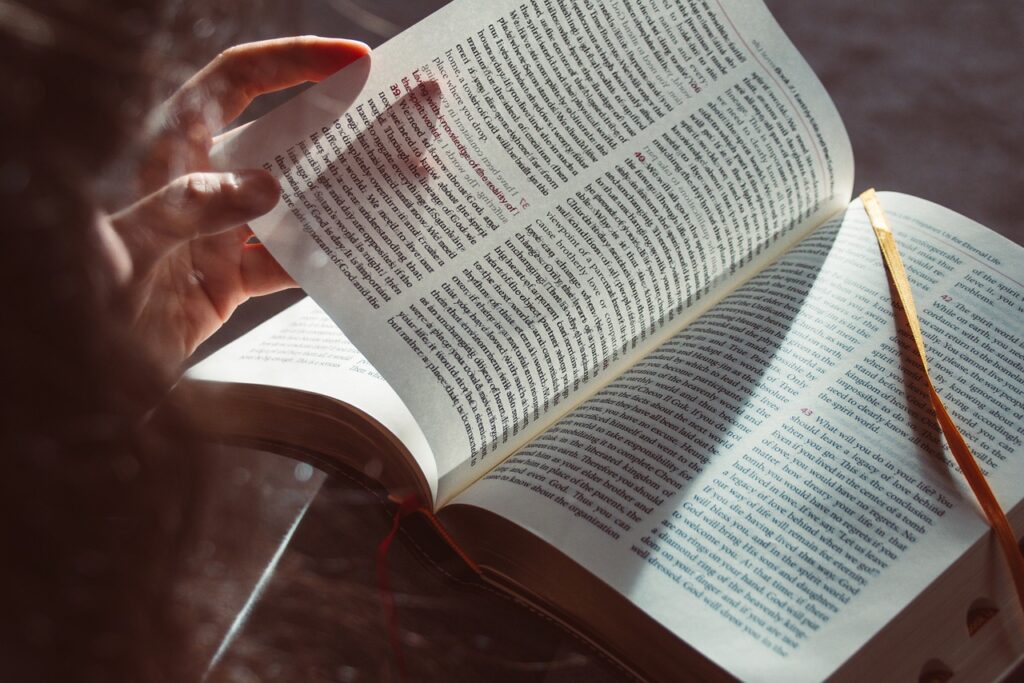
The Zero Article in English Grammar
The zero article refers to the absence of an article before certain nouns. In English, articles like “a,” “an,” and “the” are commonly used to indicate whether a noun is specific or general. However, in some cases, no article is used at all, and this is known as the zero article. Understanding when and why the zero article is used is essential for achieving fluency and precision in English grammar.
1. What Is the Zero Article?
The zero article is the absence of any article (definite or indefinite) before a noun. It is used when referring to nouns that are either generic or uncountable in nature, or when proper nouns do not require an article. This absence can convey a range of meanings, depending on the noun and the context.
For example:
- “Water is essential for life.” (No article is needed before “water” because it is an uncountable noun in this context.)
- “Mount Everest is the highest mountain in the world.” (No article is used before “Mount Everest” because it is a proper noun.)
2. When Do We Use the Zero Article?
There are several specific instances when the zero article is used, including with proper nouns, uncountable nouns, plural countable nouns, names of places, and some expressions related to time and meals.
a. With Proper Nouns
Proper nouns refer to specific people, places, or things that are already uniquely identifiable, so no article is necessary.
- People’s names: “John is a doctor.” (Not “The John is a doctor.”)
- Countries: “She lives in Japan.” (Not “The Japan.”)
- Note: Exceptions include country names that include words like “kingdom,” “republic,” or “states” (e.g., the United States, the United Kingdom).
b. With Uncountable Nouns
Uncountable nouns, which refer to substances, concepts, or masses that cannot be counted individually, are generally used without an article when they are being referred to in a general sense.
- “Love is important in life.”
- “Knowledge is power.”
- “There is sugar on the table.”
When these uncountable nouns are used in a specific context, they can be preceded by “the”:
- “The knowledge you have is valuable.”
c. With Plural Countable Nouns in a General Sense
When plural countable nouns are used in a general sense, the zero article is used.
- “Books are a great source of knowledge.” (Here, “books” refers to books in general.)
- “Dogs are loyal animals.”
- “Cars are becoming more expensive.”
However, when referring to specific plural nouns, “the” would be used:
- “The books on the shelf are mine.”
d. With Names of Places
There are specific rules regarding the zero article with place names:
- Continents, countries, cities, and towns: “I visited Africa last year.”
- Mountains: “Mount Everest is a popular climbing destination.”
- Lakes: “Lake Victoria is in Africa.”
Certain geographical features, however, require “the”:
- Mountain ranges: “He climbed the Himalayas.”
- Rivers: “The Amazon River is the largest by volume.”
e. With Some Time and Meal Expressions
The zero article is commonly used with expressions of time and meals.
- Days, months, seasons: “I’ll see you next Monday.” / “Spring is my favorite season.”
- Meals: “We have dinner at 7 PM.” / “Breakfast is ready.”
However, when these time or meal nouns are used with adjectives or made specific, articles or other determiners are used:
- “The dinner you cooked was amazing.”
- “He came during the summer of 2019.”
3. Common Exceptions and Special Cases
While the zero article applies to many types of nouns, there are some special cases and exceptions:
- Some institutions: In expressions like “at school,” “in hospital,” “in prison,” and “at work,” the zero article is used because these places are considered in their functional role.
- “He is in prison.” (Refers to being incarcerated.)
- “She is at school.” (Refers to being a student.)
- If you are talking about the building itself, an article might be used:
- “The prison is located outside the city.”
- Newspapers and Magazines: Most newspapers and magazines take “the”:
- “He reads the Times daily.”
- “She subscribes to the New Yorker.”
4. Why Is the Zero Article Important?
The zero article is an essential part of English grammar as it reflects how English handles specificity and generalization. It ensures that sentences remain grammatically correct and convey the intended meaning. Incorrect use of articles can lead to confusion or awkward phrasing, making it difficult to express general or specific meanings clearly.
For example:
- “Apples are delicious.” (General statement about all apples.)
- “The apples on the table are delicious.” (Refers to specific apples.)
Mastering the use of the zero article helps non-native speakers sound more natural and avoid common mistakes in English writing and speaking.
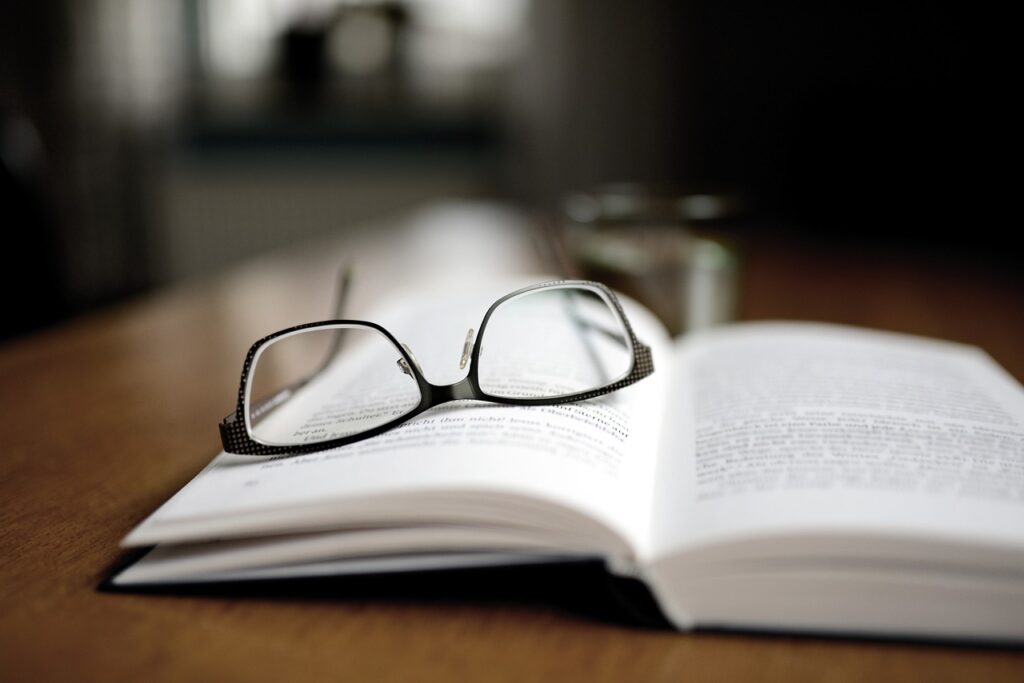
Special Cases and Exceptions of the Zero Article in English Grammar
While the zero article serves a crucial role in English grammar, signifying the absence of articles like “a,” “an,” or “the,” it is essential to understand that there are special cases and exceptions where its usage may differ from general rules. In this section, we will delve into various scenarios where the zero article is employed, exceptions to its application, and nuanced considerations that can affect its usage.
1. Uncountable Nouns in Specific Contexts
Although uncountable nouns typically do not take an article when used in a general sense, they can take the definite article “the” when referring to a specific instance or particular context.
- General Use:
“Water is essential for life.” (No article because it refers to water in general.) - Specific Use:
“The water in this bottle is cold.” (The use of “the” specifies which water is being referenced.)
This distinction helps clarify whether you are talking about the concept of water or a specific quantity or instance of it.
2. Names of Institutions and Places
The zero article is often used with certain institutions and place names when referring to them in their functional sense.
- Education:
“She is at school.” (Referring to the activity of attending school rather than the building itself.) - Health:
“He is in hospital.” (Indicating that he is receiving medical treatment.) - Work:
“I am at work.” (Referring to the activity of working.)
However, when talking about the physical building or location, the definite article may be used:
- “I left my book at the school.” (Here, “the school” refers to the physical building.)
3. Geographical Names
While the zero article is generally used with most geographical names, certain exceptions exist, particularly with bodies of water, mountain ranges, and regions.
- Zero Article:
“Lake Ontario is beautiful.” (Referring to the lake itself.) - Definite Article:
“I went swimming in the Pacific Ocean.” (The use of “the” specifies which ocean.) - Countries: Most country names do not take an article: “I traveled to France.” However, countries with descriptive names do use “the”:
- “I visited the United States.”
- “She lives in the Netherlands.”
4. Expressions of Time and Meals
The zero article is commonly used when discussing time and meals in a general context. However, specific contexts can require articles.
- General Use:
“Breakfast is the most important meal of the day.” (No article before “breakfast” in general.) - Specific Use:
“The breakfast you made was delicious.” (Here, “the breakfast” refers to a specific meal.)
5. Languages and Subjects
Languages and school subjects typically use the zero article, as they refer to general concepts or fields of study.
- “She speaks French fluently.” (Referring to the language in general.)
- “Math is my favorite subject.” (Discussing the subject as a whole.)
However, if referring to a specific instance or curriculum, the definite article may be appropriate:
- “The French you learned in school is useful.”
6. Abstract Nouns
Abstract nouns, such as feelings, qualities, and concepts, often use the zero article when discussing them in general terms.
- “Happiness is key to success.”
- “Freedom is a fundamental right.”
When referring to specific instances or expressions of these abstract nouns, the definite article may apply:
- “The freedom you enjoy is a privilege.”
7. Idiomatic Expressions
Some idiomatic expressions may utilize the zero article in contexts that are not immediately apparent. For instance, in expressions like “in bed,” “at home,” or “at sea,” the zero article is used to convey a general state or condition rather than a specific location.
- “She is at home.” (Referring to the state of being at home rather than the building.)
- “He is in bed.” (Indicating a general condition of being in bed.)
8. Business and Institutional Names
When referring to specific businesses, organizations, or institutions, the zero article is often used.
- “She works for Google.” (No article before the name of the company.)
- “I went to Harvard.” (No article before the name of the university.)
However, when mentioning the institution in a descriptive context, the definite article may be required:
- “He graduated from the University of California.”
9. Exceptions to General Rules
While the above guidelines provide a framework for using the zero article, it is essential to recognize that language is dynamic and context-driven. Native speakers often rely on intuition when choosing whether to use an article or the zero article, leading to variations and exceptions.
For example, a phrase like “the information” would be appropriate when referring to specific information, but in a broader sense, one might say “information is power,” using the zero article.
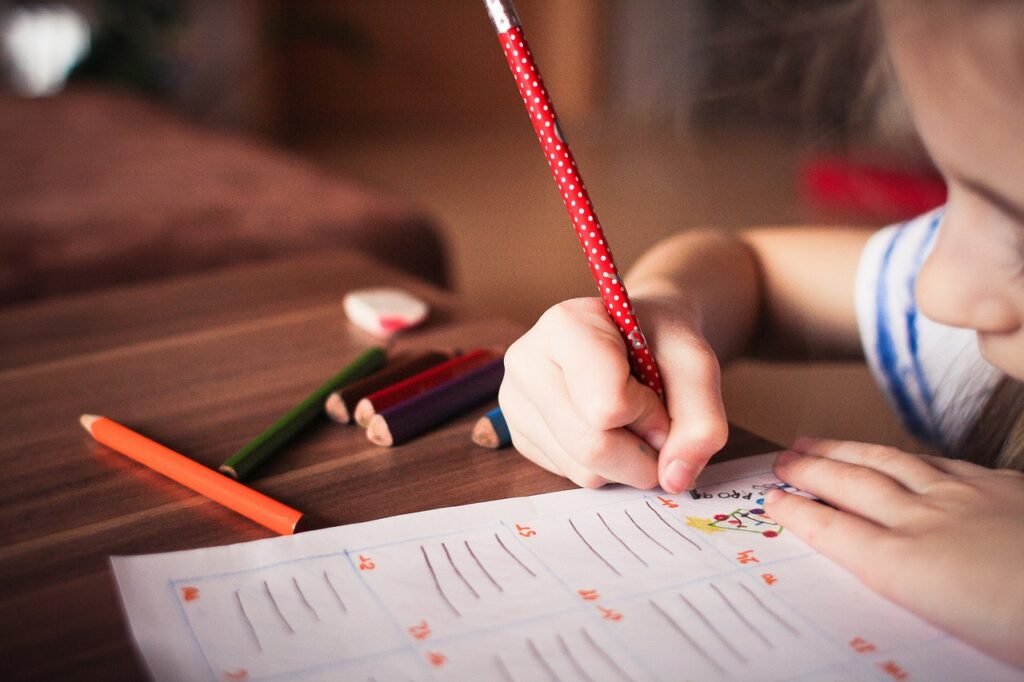
Exercises and Practice for Mastering Articles in Grammar
1. Fill in the Blanks
Complete the following sentences with the correct articles (“a,” “an,” or “the”) or leave them blank if no article is needed (zero article).
- I saw ___ dog in the park.
- Can you pass me ___ salt, please?
- She wants to become ___ artist.
- ___ sun rises in the east.
- They have ___ beautiful house near the lake.
- I need ___ hour to finish this report.
- ___ apples are a good source of vitamins.
- We visited ___ Eiffel Tower last summer.
- My brother is ___ engineer.
- Is there ___ university in your city?
- ___ Mount Kilimanjaro is located in Tanzania.
- Can you lend me ___ umbrella?
- She loves to read ___ books.
- ___ chocolate is my favorite dessert.
- I will call you in ___ hour.
2. Choose the Correct Article
For each sentence, select the correct article from the options provided.
- He wants to buy ___ (a / an) new car.
- ___ (The / A) apple a day keeps the doctor away.
- Do you have ___ (a / an) idea for the project?
- I live in ___ (the / a) United Kingdom.
- She is ___ (the / a) best player on the team.
- I saw ___ (a / an) owl in the tree.
- They visited ___ (a / an) museum on their trip.
- I need to buy ___ (a / the) book for my class.
- Have you ever seen ___ (the / an) ocean?
- She is studying to be ___ (the / an) accountant.
3. Correct the Mistakes
Read the following sentences and identify any mistakes in article usage. Rewrite the sentences correctly.
- I bought a car last week, and car is very fast.
- The milk is essential for our health.
- She is studying a biology in college.
- He wants to be an actor in Hollywood.
- The flowers in garden are beautiful.
- I had a amazing time at the party.
- Do you have the time to help me with a project?
- She went to a hospital to visit her friend.
- Can you see a stars in the sky?
- The education is important for everyone.
4. Writing Exercise
Write a short paragraph (about 50-100 words) on a topic of your choice, making sure to use a mix of definite and indefinite articles. Pay attention to the context in which you are using each article. Here’s a prompt to get you started:
Prompt: Describe your favorite hobby.
Example Paragraph:
“My favorite hobby is painting. I enjoy using different colors to create beautiful landscapes. Every Saturday, I visit a local park with my easel and paintbrushes. The fresh air inspires me to be creative. Once, I painted an amazing sunset that caught the attention of many people. They complimented me on my work, and it made me feel proud.”
5. Article Quiz
Answer the following multiple-choice questions about articles. Choose the best answer for each question.
- Which sentence is correct?
- A. She is a excellent swimmer.
- B. She is an excellent swimmer.
- C. She is the excellent swimmer.
- Which article should be used before the word “hour”?
- A. A
- B. An
- C. The
- What is the correct way to refer to the Earth?
- A. A Earth
- B. An Earth
- C. The Earth
- Which of the following is a correct use of the zero article?
- A. The water is cold.
- B. Water is cold.
- C. A water is cold.
- Which sentence uses the definite article correctly?
- A. I want to go to the mall.
- B. I want to go to mall.
- C. I want to go a mall.
Conclusion
Understanding the types of articles and their correct usage is essential for mastering English grammar. The definite article “the” specifies a particular noun, while the indefinite articles “a” and “an” refer to general or unspecified items. The zero article is used when no article is necessary, typically with proper nouns, plural nouns, or uncountable nouns. By mastering articles, you can communicate more clearly and effectively in both written and spoken English.
You can also try one of our Official Application ENGLISHBHASHI available in Play Store with which you can refine your English Skills we assure you that you will be able to speak English much better in just 30 Days.
Share this post with your friends and family who are eager to enhance their English skills. Let’s inspire and empower each other on this incredible language-learning path. Together, we can achieve greatness! So, what are you waiting for? Visit EnglishBhashi today and embark on an exciting adventure of language learning.
FAQ’s
What are articles in English?
Articles are words that define a noun as specific (the) or nonspecific (a, an). They help indicate whether the noun refers to something known to the reader or something general.
When do I use a and an?
Use a before words that begin with a consonant sound (e.g., a book) and an before words that begin with a vowel sound (e.g., an apple). It's the sound, not the letter, that matters (e.g., an hour because the h is silent).
What is the difference between a/an and the?
A and an are indefinite articles used for general or unknown things (a cat in the garden). The is a definite article used for specific or known things (the cat we saw yesterday).
Can I use articles with all nouns?
Articles are generally used with countable singular nouns (e.g., a chair, the chair) and some plural or uncountable nouns with the when specific (the books, the water). They’re not used with uncountable nouns in a general sense (e.g., water is essential).
Are there exceptions to article usage?
Yes, some proper nouns (e.g., Mount Everest, India) and general references (e.g., I love music) do not use articles. However, exceptions exist for emphasis or specificity (e.g., the Himalayas).


